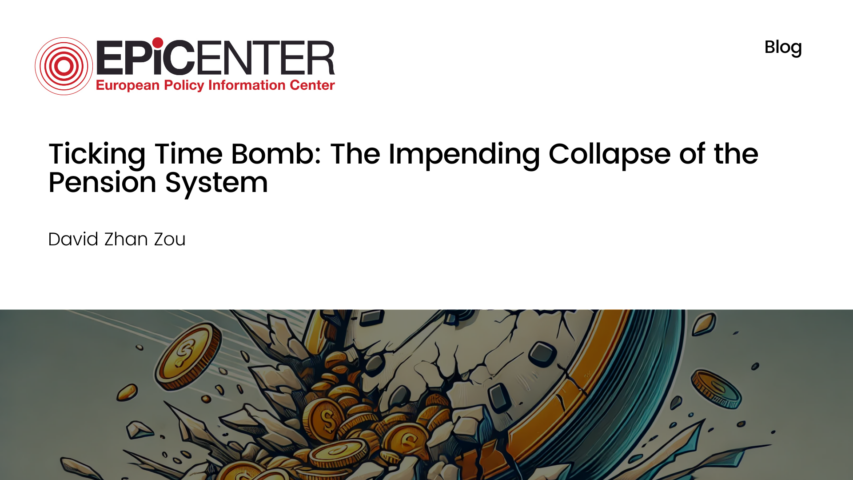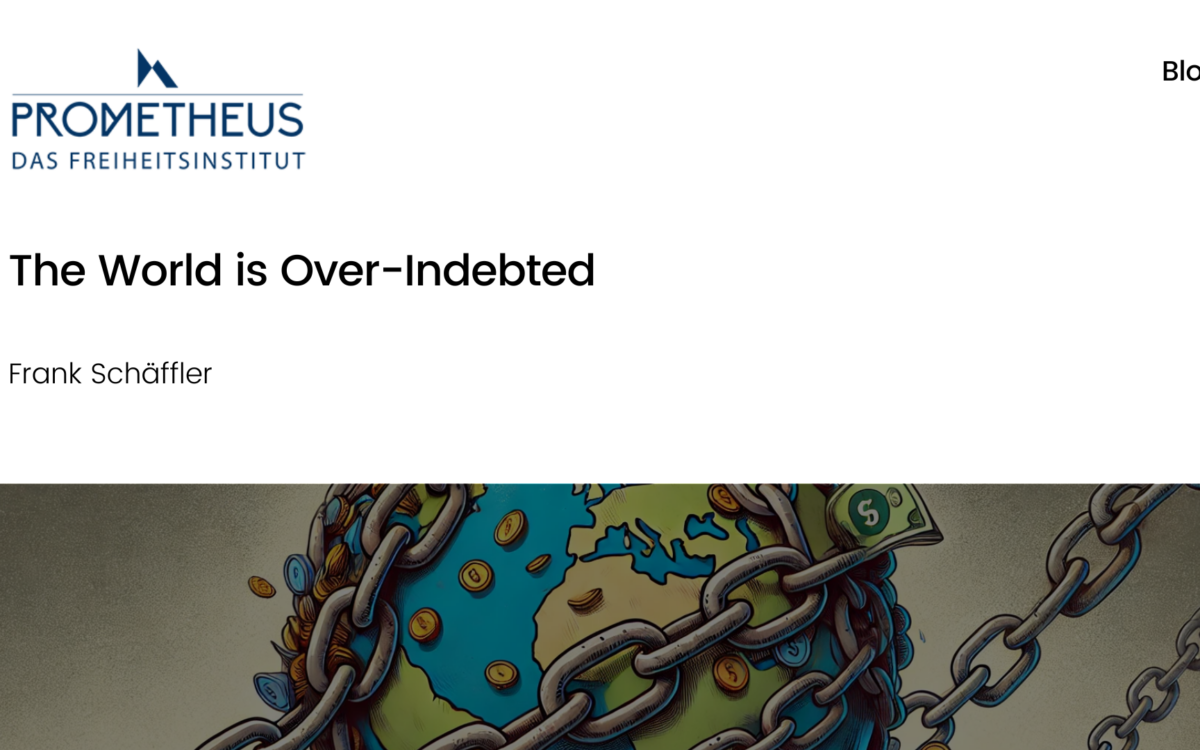Ticking Time Bomb: The Impending Collapse of the Pension System

Ticking Time Bomb: the Impending Collapse of the Pension System
David Zhan Zou // 27 June 2023
Charles Ponzi became famous in the 1920s for running a $20 million fraud, whereby clients would be promised succulent profit margins from a risk-free investment that later turned out to be paid by the investments of later victims who fell in the con artist’s trap. Today, after Ponzi schemes have become illegal in almost every country, governments promise to pay every taxpayer a pension when they retire in exchange for deducting a portion of their paycheck every month until that day arrives. The twist is that, unlike Ponzi’s victims, taxpayers are well aware that their contributions are intended to fund the pensions of the elderly, while their pensions will depend on future generations being able to afford them.
Pay-as-you-go or distribution pension systems are fundamentally unsustainable in a world where life expectancy continues to rise while the fertility rate plummets each year, yet it is still one of the most prevalent pension systems in Europe. Eventually, there will not be enough workers to pay for all the pensioners. In Germany and Spain, the total labour force is approximately 2.4 times larger than the total number of pensioners. This ratio is lower in countries like France, Greece, and Portugal, with barely two members in the country’s labour force per pensioner. In Italy, this figure descends to around 1.7. After accounting for state and unemployed workers, each pension in all these nations is hardly paid by one worker.
When questioned about the sustainability of public pensions, demagogy is the common denominator in every politician’s response. A typical politician answer is that it is a matter of efficiency – we just need to cut a little bit from elsewhere. The conservatives advocate for reducing redundancies and cutting expenses for the propaganda of globalists’ post-modern Marxist causes, and any other windmill-monster that their Quixotic minds can find. On the other hand, leftists usually target the national defence department and security forces, if not proposing to reach their hands even deeper into the pockets of citizens, an idea well summarised by the slogan “tax the rich”.
To shed some light on the problem’s magnitude, let us represent these ideas with numbers. Consider Spain, for instance. The total yearly cost of public pensions amounts to 11.7% of the country’s GDP or €153 billion. To cover this hole in the public coffers, we would need to defund 5.5 militaries, 280 Ministries of Equality, or 1,912 monarchies. Confiscate every cent of the post-tax income of the country’s richest 1%, and we would still need €34 billion to pay for all the pensions.
Nonetheless, there is no surprise in the lack of initiative from politicians to address this problem. In Europe, where pensions are considered the mecca of the social safety net, no one wants to be the first sinner to question the viability of the holy pensions system. Ultimately, the last thing the millions of voters who have been diligently splitting a share of their paychecks – allured by the promise of receiving a decent pension when they retire – want to hear is that there is not enough money for them. Take the recent example of the civil unrest caused by Macron’s reform of the French pensions system. The retirement age was hardly by two years to give some oxygen to a suffocating pension system; yet this almost triggered another revolution where the guillotined heads of the French leaders rolled on the streets of Paris. Events like this likely discourage other European politicians from ever committing the same pagan wickedness in the future.
Though a complete shift to a capitalisation or hybrid system would be desirable in the long term, a radical transition is not feasible, as social security contributions are still necessary to pay for present pensions. However, some unpopular – yet necessary – short-term reforms to introduce into European pay-as-you-go pension systems must be considered. Firstly, automatic enrolment in private pension funds has proven to be an effective way of nudging citizens into saving. This policy is an ideal way of transitioning to a capitalisation or hybrid system without further treading on people’s freedoms since it simply reverses the steps of a fully voluntary process. Secondly, pensions should be computed based on the present value of the total contributions throughout one’s working life instead of solely the last few years. The former aligns interests better, encouraging young people to work hard from the beginning of their working life instead of in the last years before retirement. Lastly, workers should have the freedom to decide when to retire. A fixed retirement age discourages people past the retirement age from working, as being employed would require giving up years of pensions. On the contrary, by calculating pensions based on life expectancy and the voluntary retirement age, citizens have more freedom to decide how late they want to retire without state-induced opportunity costs.
At any rate, the state of the distribution pension system is a ticking time bomb threatening the solvency of many countries in the old continent. Every time pensions were reformed by temporarily freezing revaluation, increasing social security contributions, or raising the retirement age, it just added a few years to the bomb’s timer in hopes that it does not explode in our faces. Yet, the alternative so far has only been putting our children’s lives at stake instead of ours. If we want to avoid a hard collapse, we must move away from the bomb as much as possible, towards a capitalisation or hybrid model.
Download or share this blog post
EPICENTER publications and contributions from our member think tanks are designed to promote the discussion of economic issues and the role of markets in solving economic and social problems. As with all EPICENTER publications, the views expressed here are those of the author and not EPICENTER or its member think tanks (which have no corporate view).



